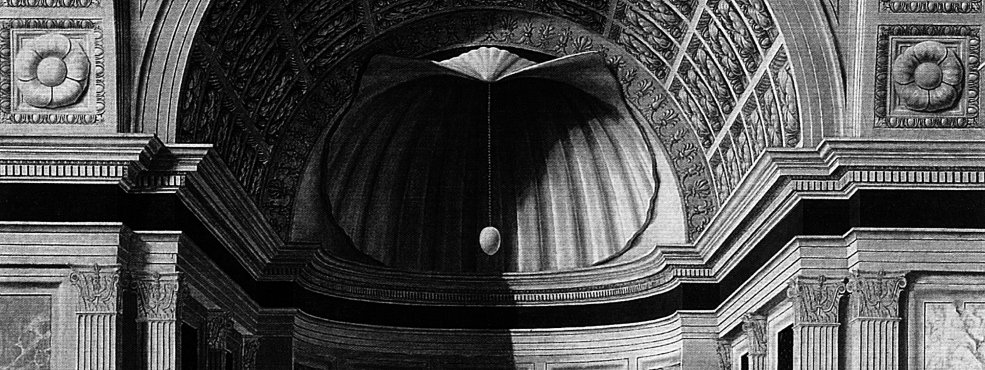Journal

Piero della Francesca, Pala Montefeltro, 1472-74 (Detail)
Latency in the Arts
Focus Topic 2017
Our modern lifeworlds or lived realities change at breakneck speed – and yet things that seem outmoded, the things we believe to have discarded, do not just disappear from the world. So what happens to the things that were there before? How does something fall into oblivion, then continue to exert influence subliminally, and what laws determine how it subsequently re-appears? This process, described variously by Warburg as ‘Mnemosyne’, ‘cultural memory’, and ‘afterlife’, has particular relevance to our contemporary world – since it describes the power of forgotten texts and images to exert an unseen influence and then, without warning, to become a manifest presence once more. This process is the inspiration for this focus topic, Latency in the Arts, which hopes to spark a discussion on the phenomena surrounding latency: patterns of hiding and delaying, becoming invisible, and the hidden influences brought to bear upon cultural and artistic processes.
The aim is to explore the (mental) totems of latency around which these modern experiences crystallize: remains and reminiscences, anachronisms and relics, ghosts and revenants, layers of depth and sedimentation, hesitation and delay. Given their shifting figurations, the discussion will focus in particular upon the limited opportunities to observe these latent elements and pose the question: what happens to things once they have entered the latency phase? How is it possible to recognize ‘latency’ once the latent force has returned to the surface? Which rules determine the way it comes back to light? And what is the logic underlying latency that makes it so singularly relevant to the arts – whether in terms of concealing the sources, devices, and methods used, or its tentative reception by artists and the unexpectedness with which it can lend renewed relevance to the traditional canon?
Latenz in den Künsten